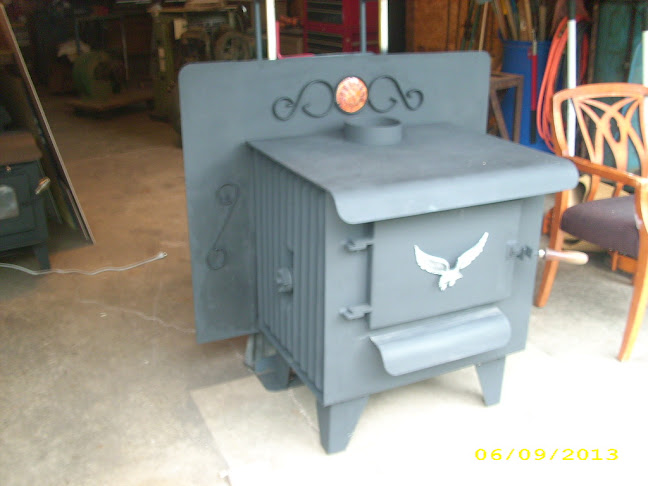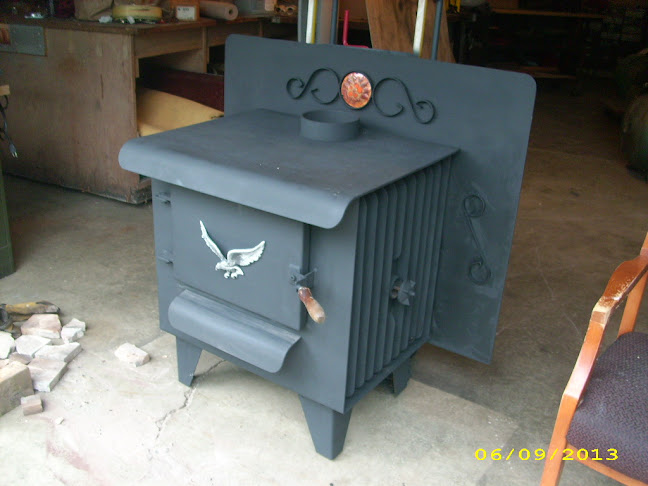chads
ArboristSite Operative
Last week someone gave me a wood burner and I happily took it home for the shop.
It was a insert type so I had to weld on a couple of legs on the back.
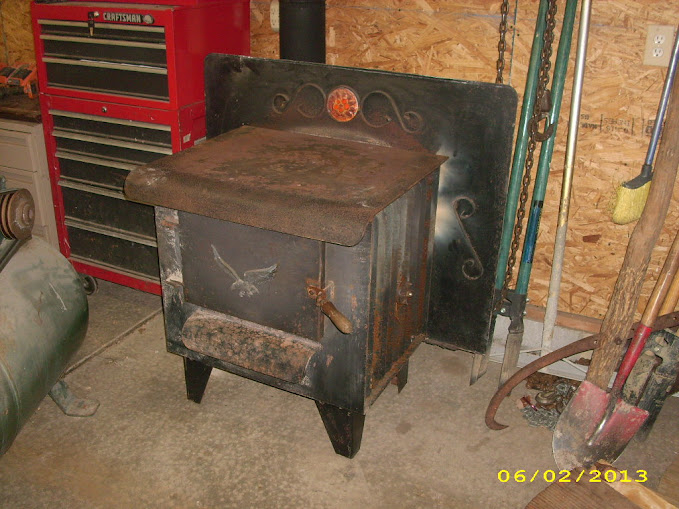
It has the vents on both sides and fins welded on to radiate heat.
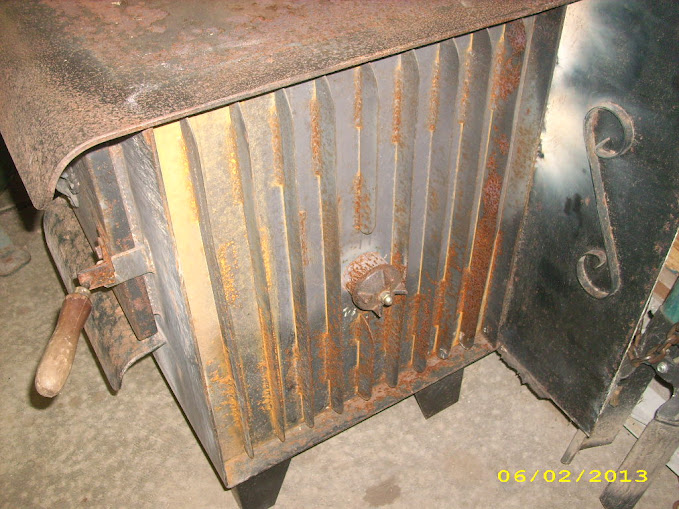
After getting it home I decided to change the flue to go out the top.
And welded a plate to cover the 3"x 17" slot it had for the flue. It was a odd setup and hard to clean.
Previous owner had a chimney fire with it so that is basically why I got it.
I started to cut off the rear plate and decided that it would help radiate heat and keep heat away from the wall but I may cut it off any way if
I can borrow a torch.
I will cut a hole in the top for the flue and weld on a flange but need to find a piece of 6" pipe first.
Upon further inspection there is a baffle about 3/8 to 7/16 thick in there that I figure is to help radiate the heat to the sides.
Here are a couple photos from the door in.
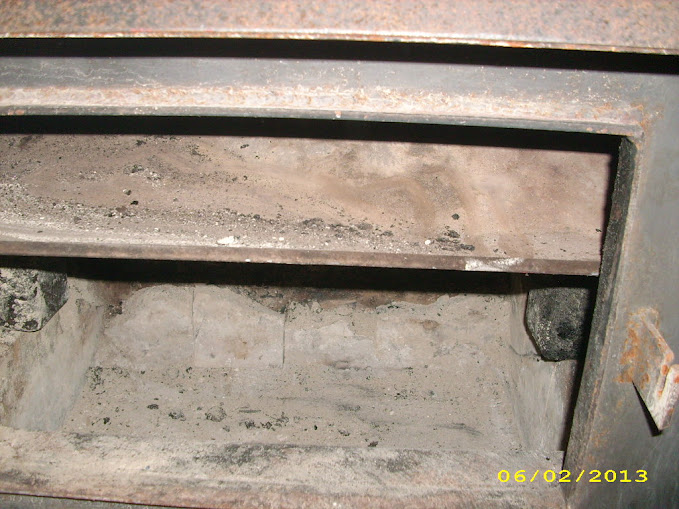
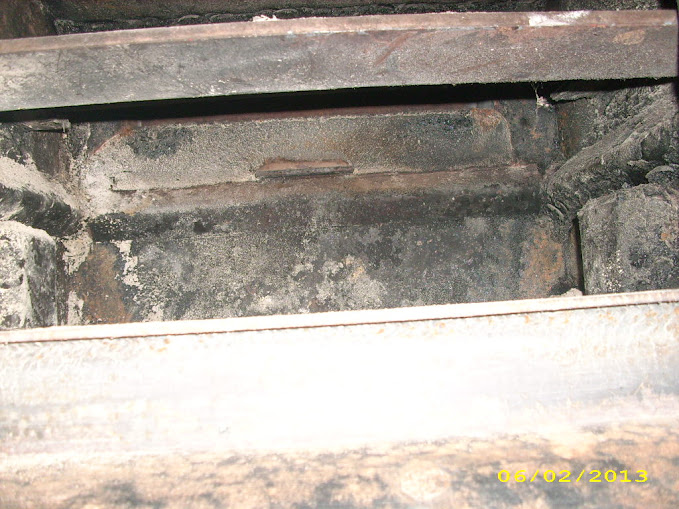
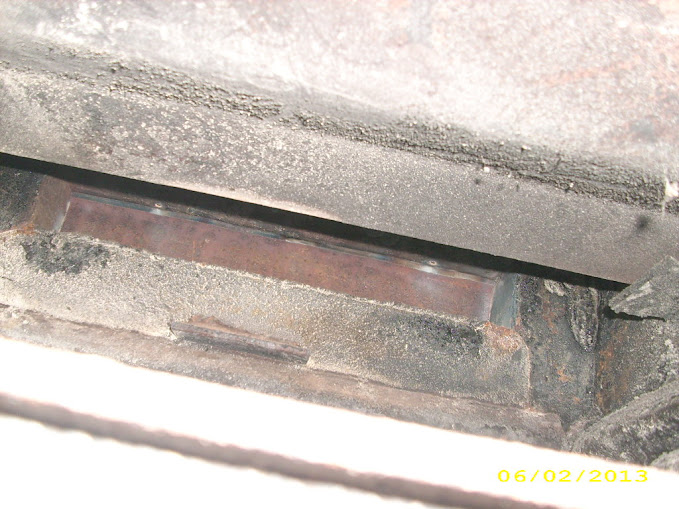
In this photo you can see the rusty plate I welded in.
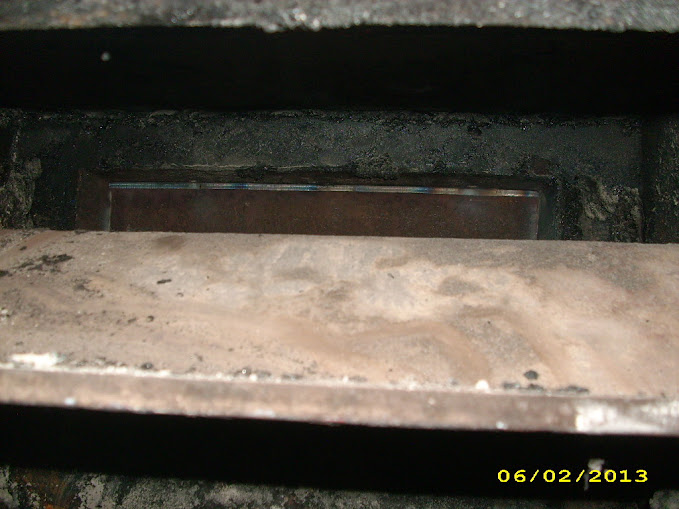
I am thinking that the plate across the top of the firebox is made for radiating the heat to the sides to make it more efficient.
This does make the opening about 6"x16" or so going in with the wood. Kind of tight but it does drop about 6" below the bottom of the door opening to the firebrick floor.
I am thinking of cutting at least part of it out for easy loading but am wondering if that will be wise.
What you guys think?
Someone here has most likely had something like this in the past and no use reinventing to wheel.
Chad
It was a insert type so I had to weld on a couple of legs on the back.

It has the vents on both sides and fins welded on to radiate heat.

After getting it home I decided to change the flue to go out the top.
And welded a plate to cover the 3"x 17" slot it had for the flue. It was a odd setup and hard to clean.
Previous owner had a chimney fire with it so that is basically why I got it.
I started to cut off the rear plate and decided that it would help radiate heat and keep heat away from the wall but I may cut it off any way if
I can borrow a torch.
I will cut a hole in the top for the flue and weld on a flange but need to find a piece of 6" pipe first.
Upon further inspection there is a baffle about 3/8 to 7/16 thick in there that I figure is to help radiate the heat to the sides.
Here are a couple photos from the door in.



In this photo you can see the rusty plate I welded in.

I am thinking that the plate across the top of the firebox is made for radiating the heat to the sides to make it more efficient.
This does make the opening about 6"x16" or so going in with the wood. Kind of tight but it does drop about 6" below the bottom of the door opening to the firebrick floor.
I am thinking of cutting at least part of it out for easy loading but am wondering if that will be wise.
What you guys think?
Someone here has most likely had something like this in the past and no use reinventing to wheel.
Chad





 modify it with some "secondary air" tube in the fire box just below the baffle. The "secondary burn" will harvest more heat off the smoke than you'd imagine. Many of the newer design "clean burn" stoves use this technique. Some 1/2" black iron pipe & fittings. YouTube secondary air.
modify it with some "secondary air" tube in the fire box just below the baffle. The "secondary burn" will harvest more heat off the smoke than you'd imagine. Many of the newer design "clean burn" stoves use this technique. Some 1/2" black iron pipe & fittings. YouTube secondary air.